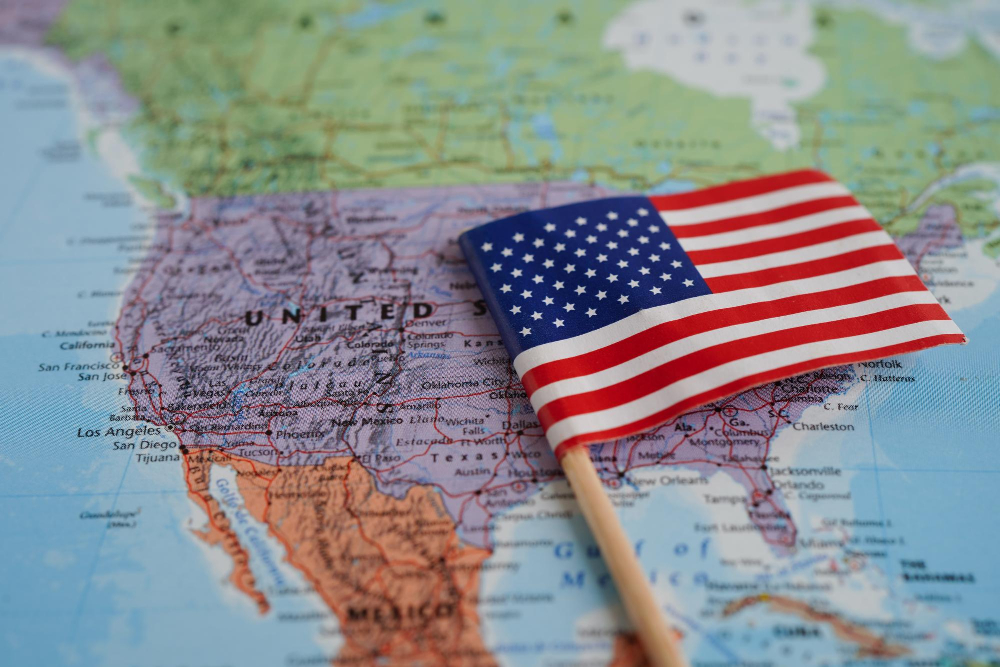Ronald Reagan began his presidency with one of his favorite phrases; invoking his vision of America as “the shining city on a hill.” On the eve of his election in 1980 he closed his campaign victory speech with, “And let us resolve they will say of our day and our generation … that we did protect and pass on lovingly that shining city on a hill.”
In his January 1989 farewell address, he concluded his public service to the country he loved with this same aspirational metaphor: “I’ve spoken of the shining city all my political life, but I don’t know if I ever quite communicated what I saw when I said it. But in my mind it was a tall proud city built on rocks stronger than oceans, wind-swept, God-blessed, and teeming with people of all kinds living in harmony and peace.”
In the eight years between these two speeches, Reagan worked more diligently than any other president, before or since, to rid the world of the threat of nuclear destruction. The risk of nuclear war, whether purposeful or accidental, was always a top of mind concern for Reagan. It is no secret that he abhorred nuclear weapons. He once said nuclear weapons were “totally irrational, totally inhumane, good for nothing but killing.”
His effort to shape a new nuclear policy direction began soon after he took office. He made repeated hand-written overtures to a succession of Soviet Union leaders hoping to begin a dialogue that would steer both nations away from the entrenched policy of mutual assured destruction. However, it was not until his second term, after Mikhail Gorbachev assumed the role of Soviet General Secretary, that any of these efforts gained traction.
Following several face-to-face summits, Reagan and Gorbachev developed a mutual understanding that the current path of continued nuclear weapons expansion was in neither nations’ best interest. The two leaders not only ended the nuclear arms race; they put it in full reverse. By signing the Intermediate-Range Nuclear Forces Treaty (INF), an entire class of nuclear weapon was eliminated from Europe. Much of the work on the pivotal Strategic Arms Reduction Treaty (START) was begun during the Reagan administration and finalized during George H.W. Bush’s term.
Intertwined with Reagan’s goal of eliminating all nuclear weapons was his concurrent push to gain funding and support for the Strategic Defense Initiative or missile defense system. Reagan believed an effective missile defense system was a prerequisite for the eventual elimination of global nuclear arsenals.
As we debate the best policies for keeping America safe in a post Soviet, post 9/11 world, we need to ask, do nuclear weapons enhance or diminish our security today? We have already concluded that two other categories of weapons of mass destruction – biological and chemical weapons – diminish, rather than enhance, our security. For decades we have supported the global Biological and Chemical Weapons Conventions, knowing that these weapon classes pose a greater threat than benefit to our country.
It is time to look again to Reagan’s visionary nuclear weapons policy as our best option for building a safer America. Reagan’s multipronged approach called for the verifiable elimination of all nuclear weapons, and the simultaneous development of a cooperative missile defense system. It was a more humane and rational nuclear policy that placed emphasis on defense and prevention rather than threat and annihilation.
As the years go by, Reagan’s visionary nuclear policy goals appear to be increasingly less controversial and far more prescient. The global elimination of nuclear weapons was integral to his commitment to protect the nation he loved. And it was essential for our forever being that shining city on a hill.

